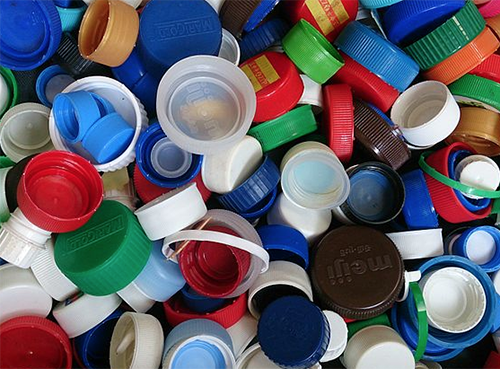All Materials
Coatings & Varnishes
Coatings & Varnishes
Coverings applied to the surface of an object, usually as a thin film. The purpose of coatings and varnishes in food contact applications is generally to confer desirable surface properties including non-stick, water- or grease-repellant, scratch-resistant, anti-microbial and/or ease-of-cleaning properties [1]. Coatings and varnishes often include chemicals of high concern including bisphenols, PFAS, and many others that remain poorly evaluated [2]. Coatings can also degrade the quality of recyclable products.
Materials Preference
Preferred coatings and varnishes will have the following characteristics:
- Where possible, coatings and varnishes are avoided.
- Coatings do not include bisphenols or PFAS chemicals.
Commonly used coatings include:
Epoxy resins are used to prevent corrosion in aluminum and steel cans. Many epoxies are made with a building block substance known as BADGE, from which chemicals of high concern known as bisphenols (e.g. BPA) may migrate. Concerns about food safety have resulted in development of new bisphenol-free epoxies, though further assessment is required to determine food contact safety.
Oleoresins are mixtures of plant oils and resins. They do not adhere well to metals and have limited corrosion resistance, so can only be used in contact with mild foods (e.g., beans). They have been used as an alternative to BPA-based epoxy resins.
Vinyl plastic is very flexible and frequently used as a top coat over other coatings. Vinyl coatings cannot withstand high temperatures. Chemicals of concern such as phthalates may be used as plasticizers in vinyl coatings.
Acrylics (polyacrylonitrile, PAN) are resistant to stains and corrosion, but can be very brittle and alter flavors and smells of food products
Polyesters
Are easy to handle and adhere well to metal, but are not stable under acidic conditions and corrode easily. Some PET-coated cans may be labeled as “BPA reduced cans,” meaning that the PET coating is applied over a BPA-based epoxy resin inner coating.
Polyolefins provide protection from corrosion, adhesion, and flexibility. They have been used as a BPA-free alternative for can coatings.
References
[1] Geueke, B. (2016). Dossier – Can coatings. Food Packaging Forum, December, 1–10. Full text.
[2] Mertens, B., Van Bossuyt, M., Fraselle, S., Blaude, M. N., Vanhaecke, T., Rogiers, et al. (2017). Coatings in food contact materials: Potential source of genotoxic contaminants?. Food and Chemical Toxicology, 106, 496-505. https://doi.org/10.1016/j.fct.2017.05.071
See full list of resources here.
Information last updated: 10/28/2021


